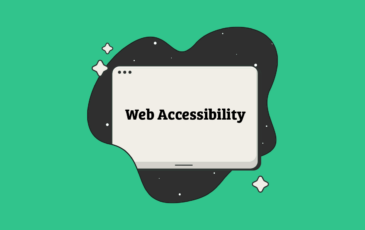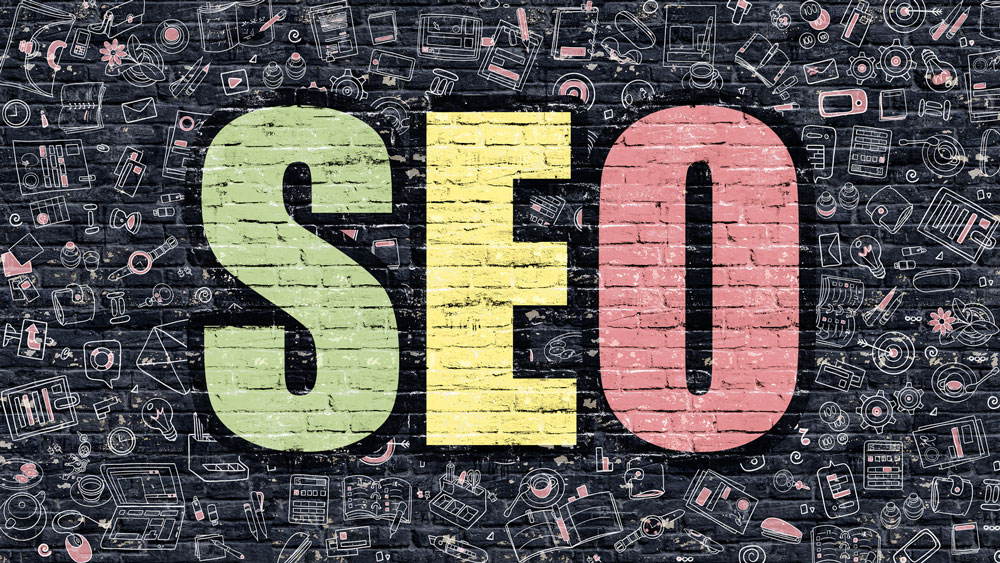 Article
Article
7 Ways content-first design will make your website better in the long run
It shouldn’t be up for debate anymore: Content-first design will help you create a better, more usable website.
But we understand your struggle, and know that there’s still someone in those creative planning meetings who wants to see a design first. You need an arsenal of resources to help make the case for why a content-first design will make your website better now and in the long run.
Here are seven ways to explain why content-first design is a must if you want the best website design possible.
1. Content Begets Functional Design
When the design team knows what will be on the website and what the goals of the design are, there’s a better chance the end result will be custom-tailored to that content. Simply, that means that the design is likely to be more functional because the pieces were actually made for each other.
In additional to functionality and usability, there are visual perks as well.
If the design knows what words and images and video will be a part of the canvas, they can craft a visual outline that makes the most of these elements. You don’t want to create a homepage with room for a full-width photo only to find out all the images are vertically oriented. Instead, knowing that fact in advance can help shape a different, more suitable design concept.
But you want to look at this from a birds-eye view as well. How realistic is a specific shape or function? As new content is created and developed will it realistically fit into the visual structure you’ve created? If the answer is no, you might want to tweak the content – and design – ideas before moving forward.
2. Everything will tell a story that leads to one goal
Website design is just another form of storytelling. The content tells a story that leads a user to do something, whether it is to gather information, sign up for a service or make a purchase.
To make the most of this story, it needs to exist.
Then the design can enhance the experience the user has with that story through visuals, sounds and by clicking or touching the screen. The design will feature multiple elements that attract attention and point users toward the goal – such as clear calls to action on every page.
If the story is unknown, the design can feel somewhat disjointed when content is packed into predetermined locations. With a content-first approach, the flow of the story dictates the layout, creating a more cohesive feel that the website owner can continue to build on over time.
3. The project will come along faster
Here’s something everyone can get on board with: Content-first design can make a project come along faster, making deadlines and budget.
If you think it sounds too good to be true, think of it like this: If the creative team has already figured out what the design is supposed to do, say and communicate before the wireframes are drawn, there will be less rework if elements don’t fit or work properly. It will also eliminate delays while one team – copywriters or designers/developers – wait for something to be finished.
Coming to the design phase with all the content in hand is an easy way to jump start projects and keep timelines moving. It can also cut down on revision and reworks as the project comes together.
This is the point in the project where designers can tell you if the content works with the idea of function and usability that you have in mind. With all the pieces in hand, it is easier for the design team to envision how elements work and if they can do just what you want. (And if they don’t, hopefully offer another solution as well.)
4. Always incorporating SEO
Content-first design brings search engine optimization into the conversation early as well. As copywriters work on messaging, keywords start to emerge that can shape how a website is organized.
If you start a project thinking about SEO best practices, it becomes part of the process and these elements will emerge with subsequent updates as well. (Plus, you don’t have to go back and do it all later since search is part of the content-driven design.)
SEO elements that develop with content include:
- Hierarchy and navigation
- Keywords
- Link structure and in-site cross linking
- URL context and naming convention
- Organization
- Mobile opportunities for content
- Usability and speed
- In-site search
- Form entry and data collection
- Mix of content types: Blog, pages, FAQs, social media linking, etc.
5. The website will look and feel cohesive
Every time a random piece of content comes into the mix, it looks and acts different than the rest of the design. That can be jarring to users and create an overall experience that feels disjointed.
6. Content shapes website communication
This snippet from InVision’s John Moore Williams sums it up perfectly: “Design is communication. And you can’t communicate if you don’t know what you want to say.”
Enough said.
7. It puts the entire creative team on the same page
Every member of the team throughout the creative process comes to the table with different experiences and knowledge that shapes the way they think about and use a website design. Content-first design can leverage these differences to help you mitigate potential issues before they even materialize.
Designers and developers are probably more like end-users than branding and copywriters or art or creative directors. They are often less “attached” to the content and come at it a little less in the know. Listen to questions they ask to ensure that end-users will understand the message and that it is not too full of jargon or inside information.
Then think about questions and answers that arise from design-content conversations:
- What does an element do?
- Is it clickable or tappable? (And where does the click/tap lead?)
- Where am I in the design? And how do I get back to the previous information?
- Does this feel too large/small/hard to read?
- Why does it work different (or not) on a mobile device?
Working through these questions together can help shape holes or issues in the content or messaging and create ways for design elements to solve problems. If there are content-design incongruencies, this is the time to find – and correct them – so the project doesn’t fall behind.
If you don’t create the content first, you won’t be able to solve these problems until after all the parts are finished.
Conclusion
Content-first is more than just a design ideal when it comes to an overall website planning and development strategy. It is a tool that can help you save time and money, as well as create projects that are more cohesive and usable.
Use a content-first approach when beginning work on new website projects as well as redesigns.






